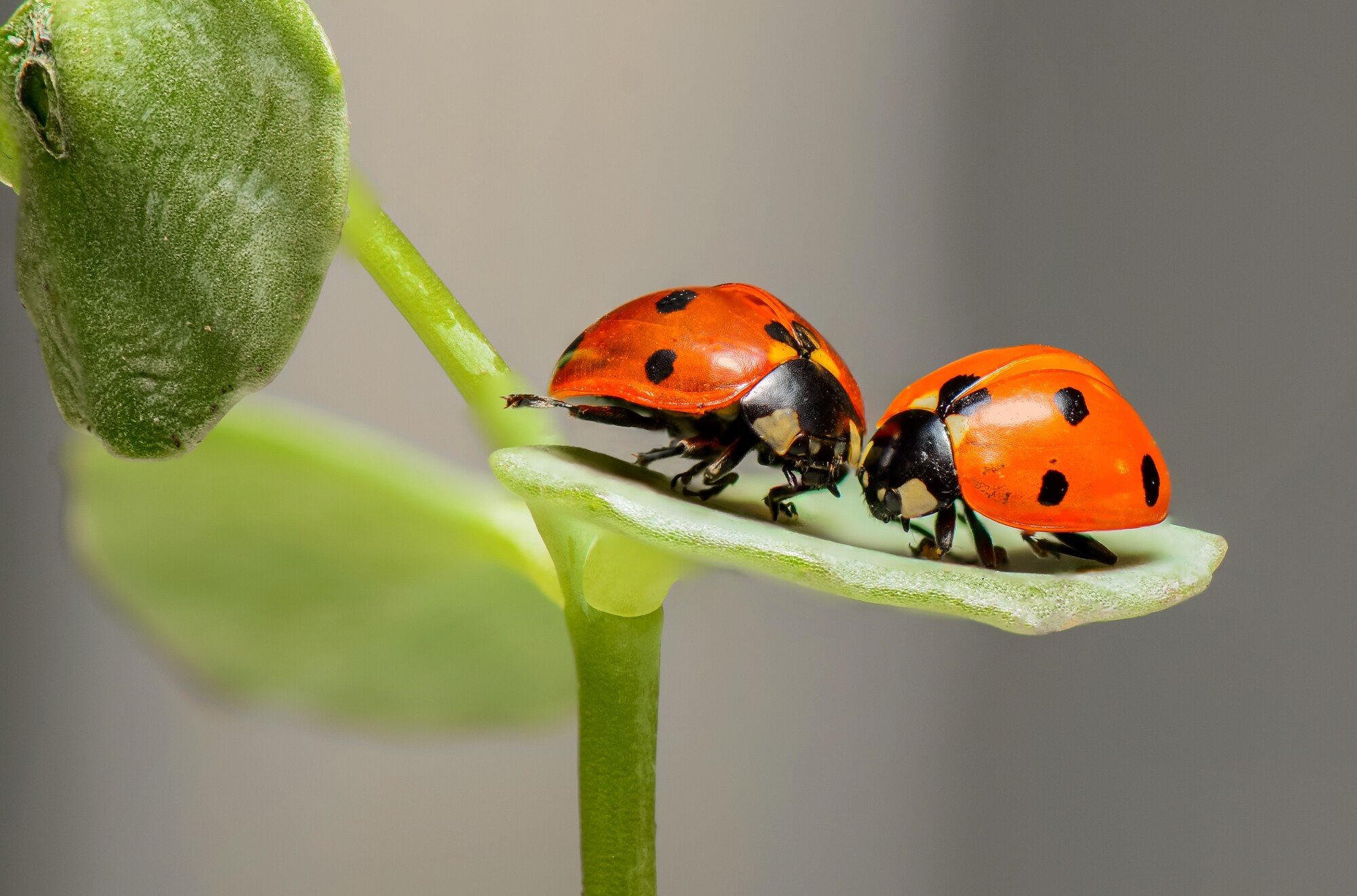 There are over 30 million insect species in the world. Most of them are harmful to your garden, but some are beneficial. Ignoring the critters that protect your garden can leave your plants vulnerable.
There are over 30 million insect species in the world. Most of them are harmful to your garden, but some are beneficial. Ignoring the critters that protect your garden can leave your plants vulnerable.
A healthy garden needs beneficial insects; they act as natural pest control. Their job is to eat bugs so they don’t kill your crops.
Here is a list of some of the most important good garden bugs.
Ladybugs
Ladybugs are natural enemies to aphids and sap feeders. They can consume fifty aphids a day. They also eat mites, potato beetles, and whiteflies.
Ladybugs prefer pollen, like Angelica, Marigolds, and Sweet Alyssum. Planting “decoy plants” in your garden, like cabbage and radishes, will attract insects. These bugs, along with the proper RDS Lawn Care, will keep your ladybugs full and satisfied.
Dragonflies
Dragonflies can speed about thirty-five miles per hour. They can help control flying insects, such as moths and midges. They can also manage the mosquito populations close to your house.
These insects eat every 30 minutes, and they can consume bugs up to their own body weight. To keep dragonflies to your landscape, install a small pond or fountain for them to lay their eggs. Place water lilies in your ponds and fountains as a sanctuary.
Praying Mantis
The praying mantis has an insatiable appetite for insects. They consume a wide range of bugs, including:
- Flies
- Caterpillars
- Crickets
- Grasshoppers
- Moths
As a result, they are very adept at controlling pest populations in your garden. The praying mantis needs water to survive, so a shallow water bowl is beneficial. Straw or hay is an excellent hiding place from nearby predators.
Bumblebee
Pollen grains adhere to bumblebees as they move from one bloom to another. They are transferred to other flowers when the bee lands on them. This procedure is “insect pollination.”
Bumblebees handle two-thirds of the annual pollination in the United States. They are essential for the growth and success of your garden. To attract bumblebees to your yard, grow ground cover to give a spot for them to hide between meals.
Ground Beetle
These little nocturnal beetles feed on slugs, snails, cutworms, ants, aphids, and caterpillars. A single ground beetle can consume over fifty caterpillars.
Plant native perennials and grasses in tiny, raised garden beds to attract them. Offer enormous boulders and logs for the beetles to hide.
Green Lacewing
The larvae of these insects feed on aphids, whiteflies, grasshoppers, and mealybugs. They can digest 200+ bugs every week. Adult green lacewings feed on nectar and pollen before depositing new eggs.
To attract these critters to your yard, provide grass, shrubs, and trees for nesting. Green lacewings thrive on flowers and herbs like:
- Daisies
- Dandelion
- Sunflowers
- Dill
- Oregano
- Mountain mint
You can buy green lacewing from retail and online garden stores. Avoid insecticides while introducing these insects into your garden.
More About Good Garden Bugs
Say goodbye to insect predators today. Your garden has a new sheriff in town to put these creepy crawlies behind bars. From ladybugs to dragonflies, you have both teams monitoring the earth and the sky.
You want to keep your alliances strong, which means having the proper garden care routine. For more information on attracting and caring for good garden bugs, we can help. Check out our blog posts today.
Leave a Reply